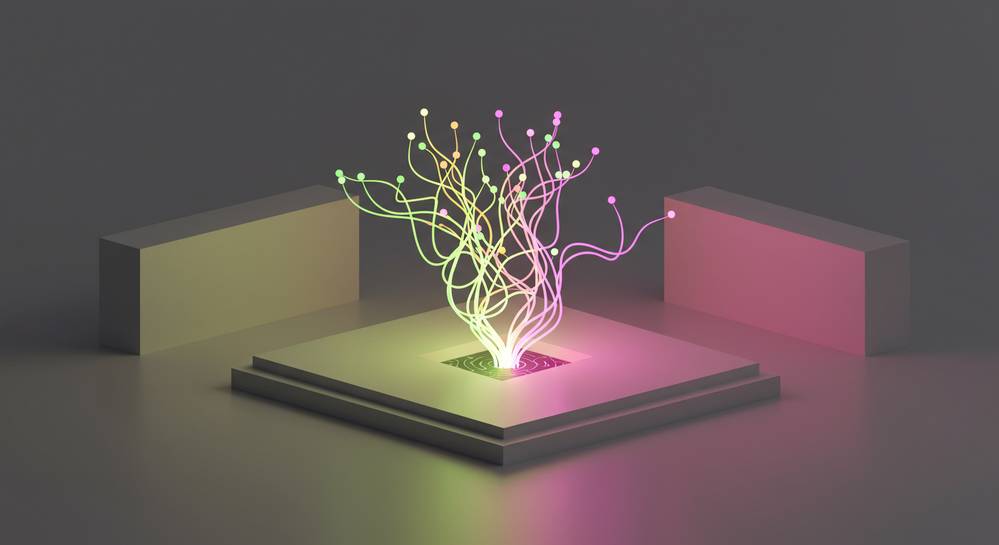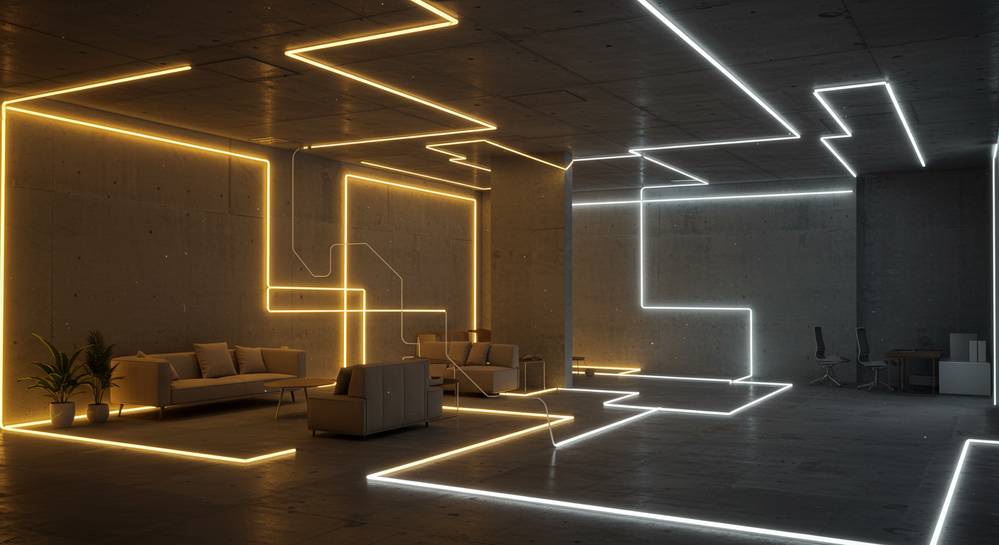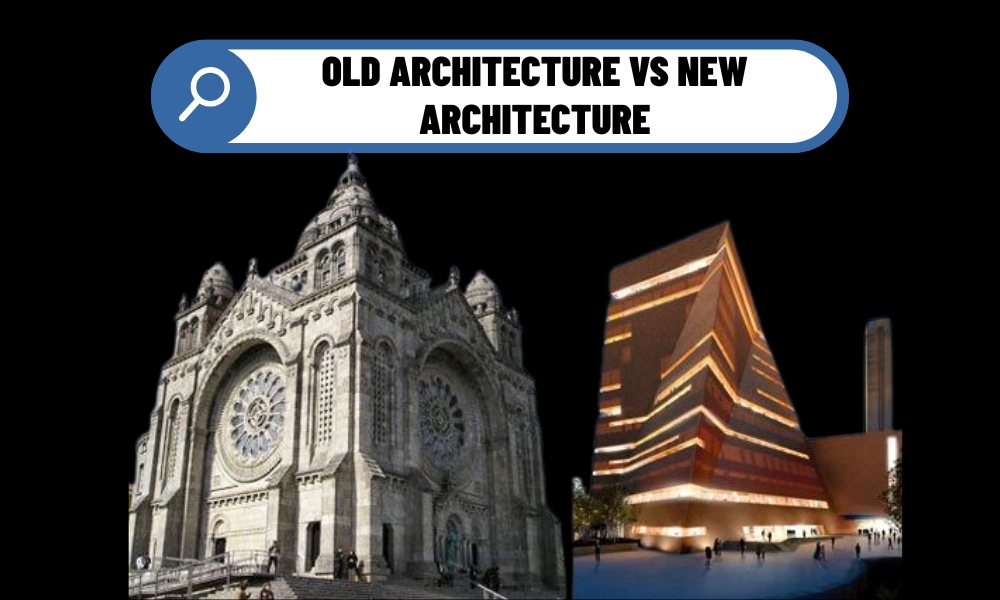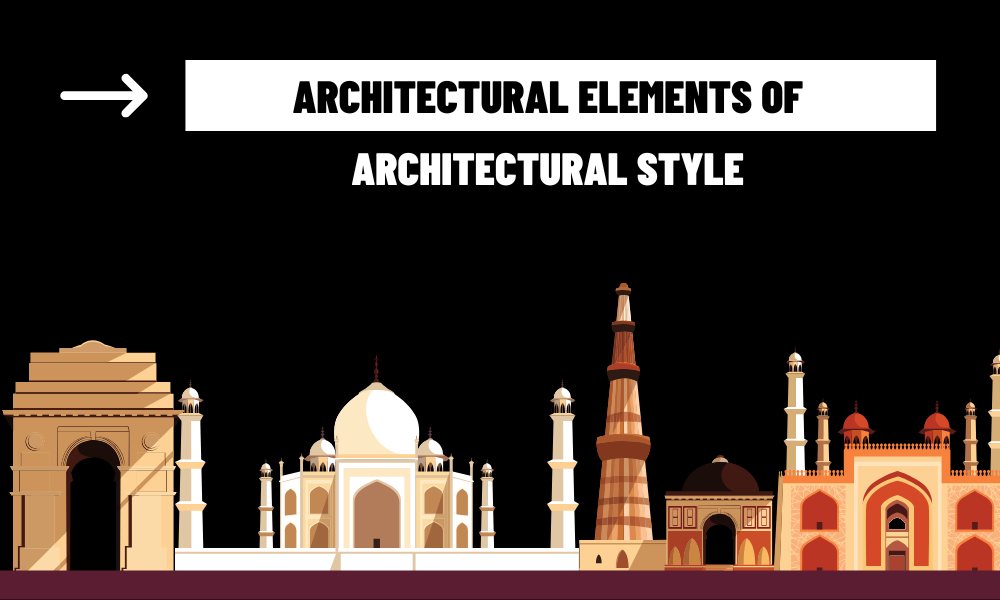Gone are the days when lighting in architecture was a mere utility. Today, it is a dynamic and intelligent system capable of transforming spaces, enhancing well being, and boosting efficiency. The smart lighting integration in architecture is no longer a futuristic concept but a foundational element of modern design, blending technology and aesthetics to create environments that are responsive, sustainable, and beautifully illuminated.
Contents
The foundation of intelligent illumination

At its core, smart lighting integration in architecture is far more than remote control. It is a deeply integrated network of luminaires, sensors, and control systems working in harmony with a building’s design. Unlike static traditional lighting, this approach treats light as a dynamic architectural element. It actively uses daylight harvesting, occupancy sensing, and color tuning to create environments that are intelligent and responsive to occupant needs. This transforms a building from a passive structure into a living space.
- Connectivity Protocols: Reliable communication is the bedrock of these systems. They operate on robust protocols like DALI or KNX, alongside wireless standards such as Zigbee and the unified Matter protocol.
- Data-Driven Automation: The system intelligently automates lighting by collecting data from various sources. Understanding what smart home sensors are reveals how motion, daylight, and temperature inputs optimize both comfort and energy use.
- Centralized Control: A central management system, often part of a Building Automation System (BAS), enables the programming of complex lighting scenes, schedules, and behaviors for the entire structure.
Beyond aesthetics the functional benefits

Integrating intelligent lighting systems into architectural design unlocks benefits that extend far beyond modern appeal. These advantages impact a building’s operating costs and the health of its occupants. By treating light as a foundational material, architects create spaces that are more efficient, comfortable, and adaptable. This shift transforms how we experience the built environment, focusing on performance and human-centric outcomes. The true value lies in these tangible, functional improvements.
Enhanced energy efficiency
Smart systems dramatically reduce energy waste. They ensure lights are only active when and where needed. Features like daylight harvesting dim artificial lights when natural light is sufficient, while occupancy sensors prevent lighting empty rooms. According to the U.S. Department of Energy, such controls can cut lighting energy use by 24% to 38%, leading to significant cost savings.
Improved occupant well being
Human-centric lighting is a key benefit of smart integration. Systems can tune the color temperature and intensity throughout the day to mimic natural daylight. This supports the human circadian rhythm, which can improve mood, focus, and sleep quality. It makes spaces healthier and more productive for everyone inside.
Dynamic and flexible spaces
Smart lighting allows a single space to serve multiple functions. Programmable scenes can transform a room’s ambiance instantly, from a bright workspace to a relaxing social area. This flexibility is a core principle in modern what is smart home interior design, adding immense value to residential and commercial properties.
Key considerations for seamless integration

A successful smart lighting integration in architecture is not a simple add-on. It demands strategic planning from the very first stages of design. Overlooking critical details leads to compatibility issues, budget overruns, and systems that fail to deliver. To achieve a seamless result, architects and project managers must address key technical and logistical factors from the outset. This proactive approach is fundamental to harnessing the technology’s full potential.
Early planning and collaboration
The most vital step is embedding the lighting plan into initial architectural blueprints. This is not an element that can be easily retrofitted without compromise. It requires close collaboration between the architect, lighting designer, and electrical engineer. This teamwork ensures goals are aligned and the necessary infrastructure is correctly placed from the start, avoiding costly rework.
Infrastructure and wiring
While wireless options are growing, robust systems often rely on dedicated low-voltage wiring. Protocols like DALI or KNX need this for reliable data communication. Architects must plan for conduits, cabling pathways, and space for control modules. Planning this from day one prevents disruptive modifications later in the project, ensuring a clean and efficient installation.
System compatibility and future proofing
Smart technology evolves rapidly. It is crucial to select systems built on open, interoperable standards. This prevents being locked into one proprietary ecosystem. Understanding undefined is key, as it ensures future expansion and integration with other smart building technologies like HVAC and security.
The future of architectural lighting
The field of smart lighting is rapidly evolving, driven by advancements in AI, sensor technology, and our understanding of light. What was once futuristic is now becoming standard in forward thinking architectural projects. These emerging trends are pushing boundaries, transforming buildings from static structures into responsive, interactive environments. This evolution in smart lighting integration in architecture actively enhances the human experience by making spaces more intuitive and personalized.
- Predictive and AI powered lighting: The next frontier is lighting that learns and anticipates occupant needs. By analyzing data on room usage, time of day, and user preferences, AI algorithms can predictively adjust lighting. This optimizes both comfort and efficiency without any manual intervention.
- Hyper personalization: Future systems will move beyond room level scenes to offer truly personalized lighting. Using smartphone apps or wearable sensors, lighting will adjust to an individual’s specific needs as they move through a building, creating a bespoke environmental experience.
- Deeper IoT ecosystem integration: Smart lighting will become a more integral part of the broader Internet of Things landscape. It will share data with HVAC, security, and entertainment systems to create a unified smart building, where lighting is key to energy management and safety.
Ultimately, the successful smart lighting integration in architecture is about creating spaces that are not just illuminated, but intelligent. It represents a fundamental shift towards more sustainable, human-centric, and adaptive buildings. By embracing this technology from the outset of the design process, we can build environments that are better for both the planet and the people who inhabit them. For more insights into smart home technology, explore Dwelling Tech Trends.


